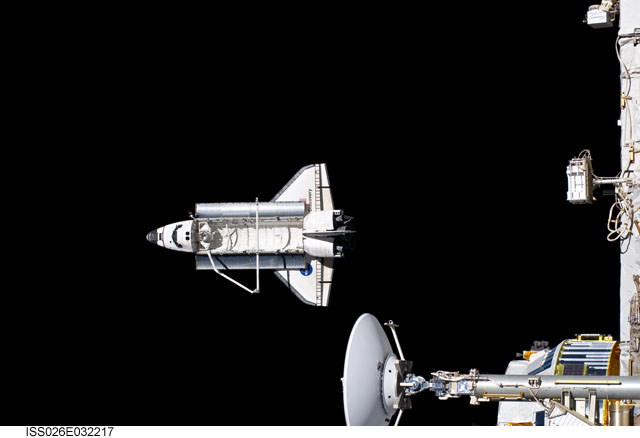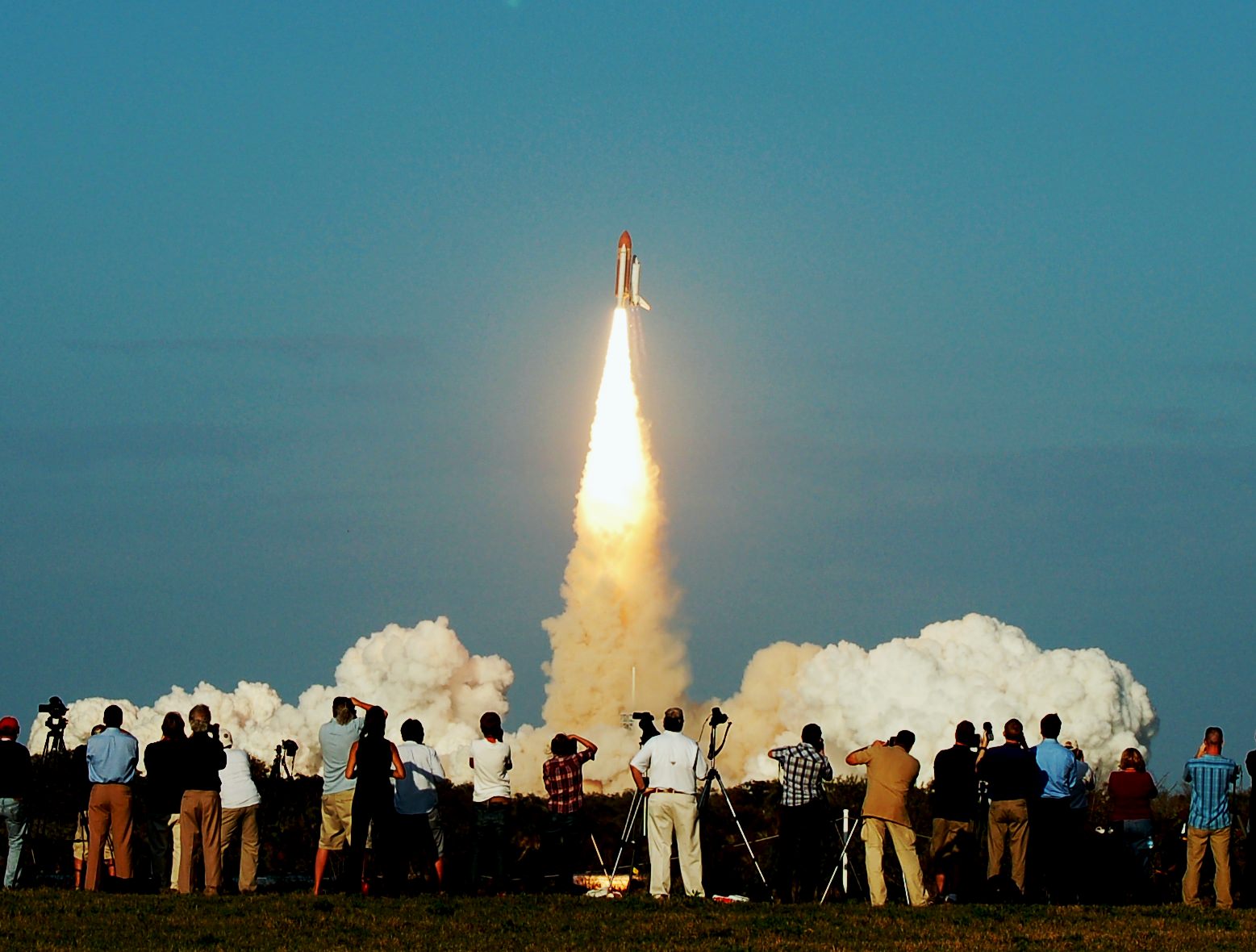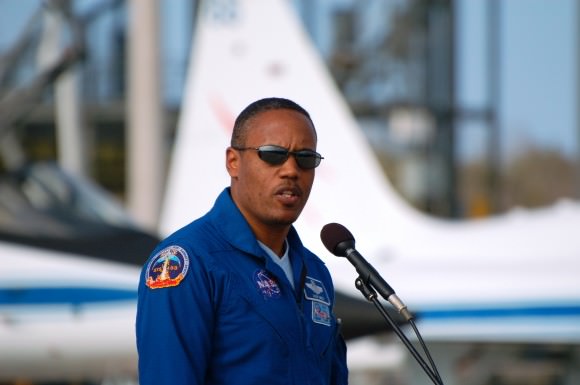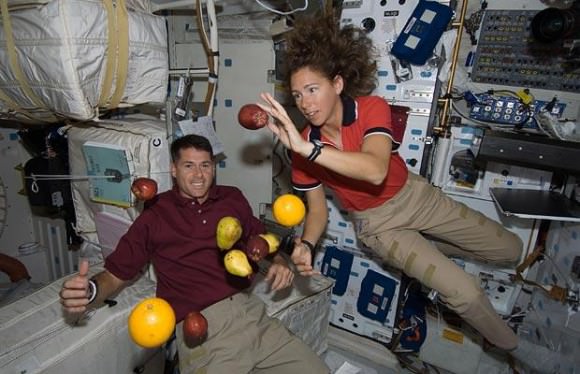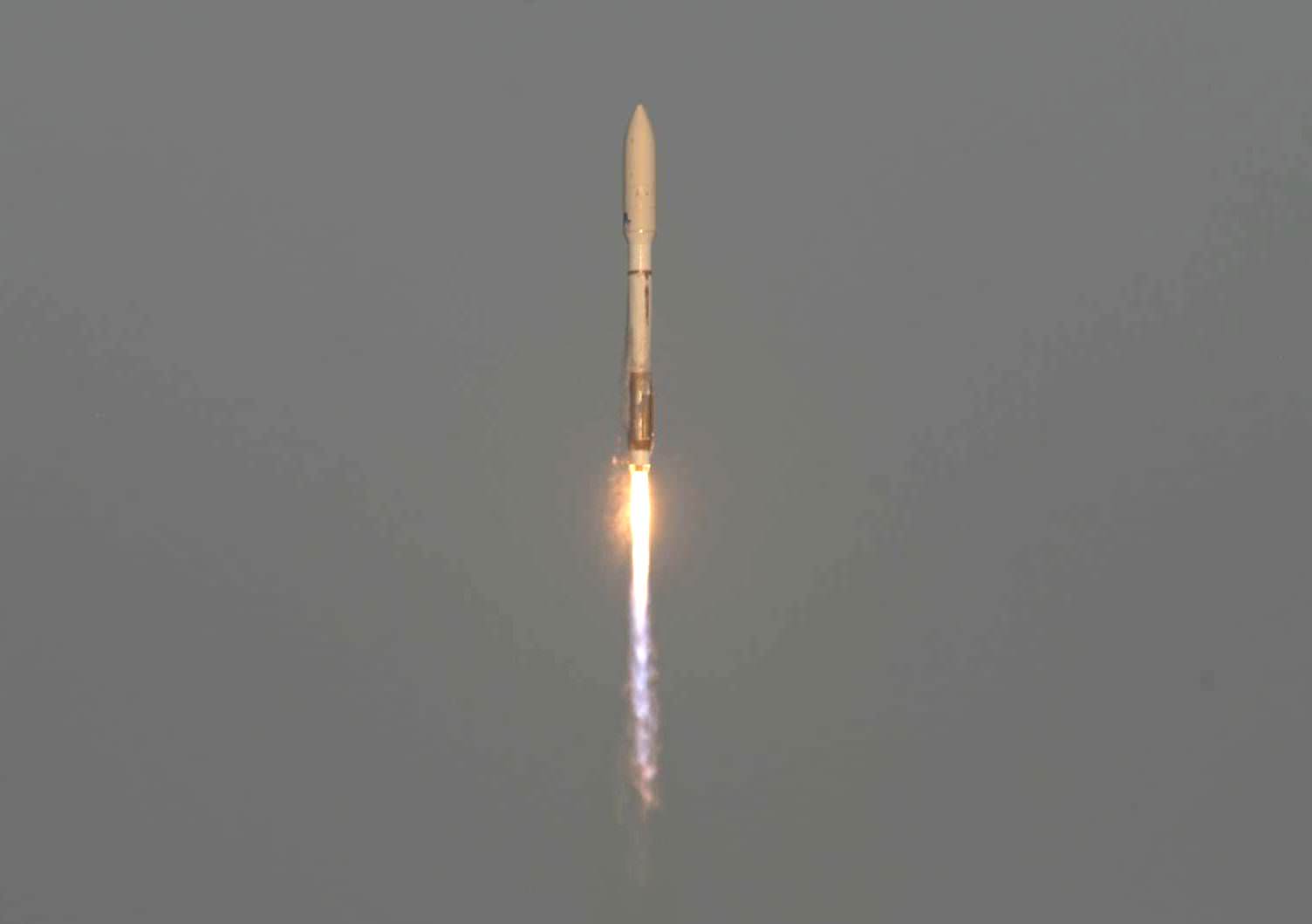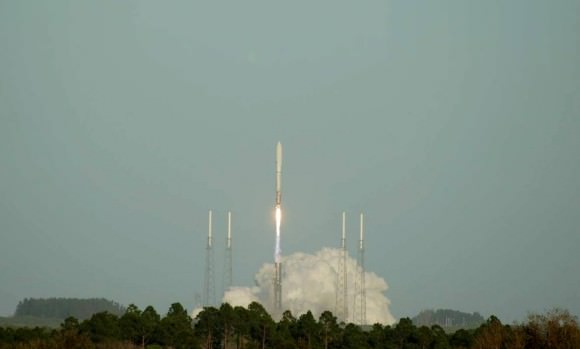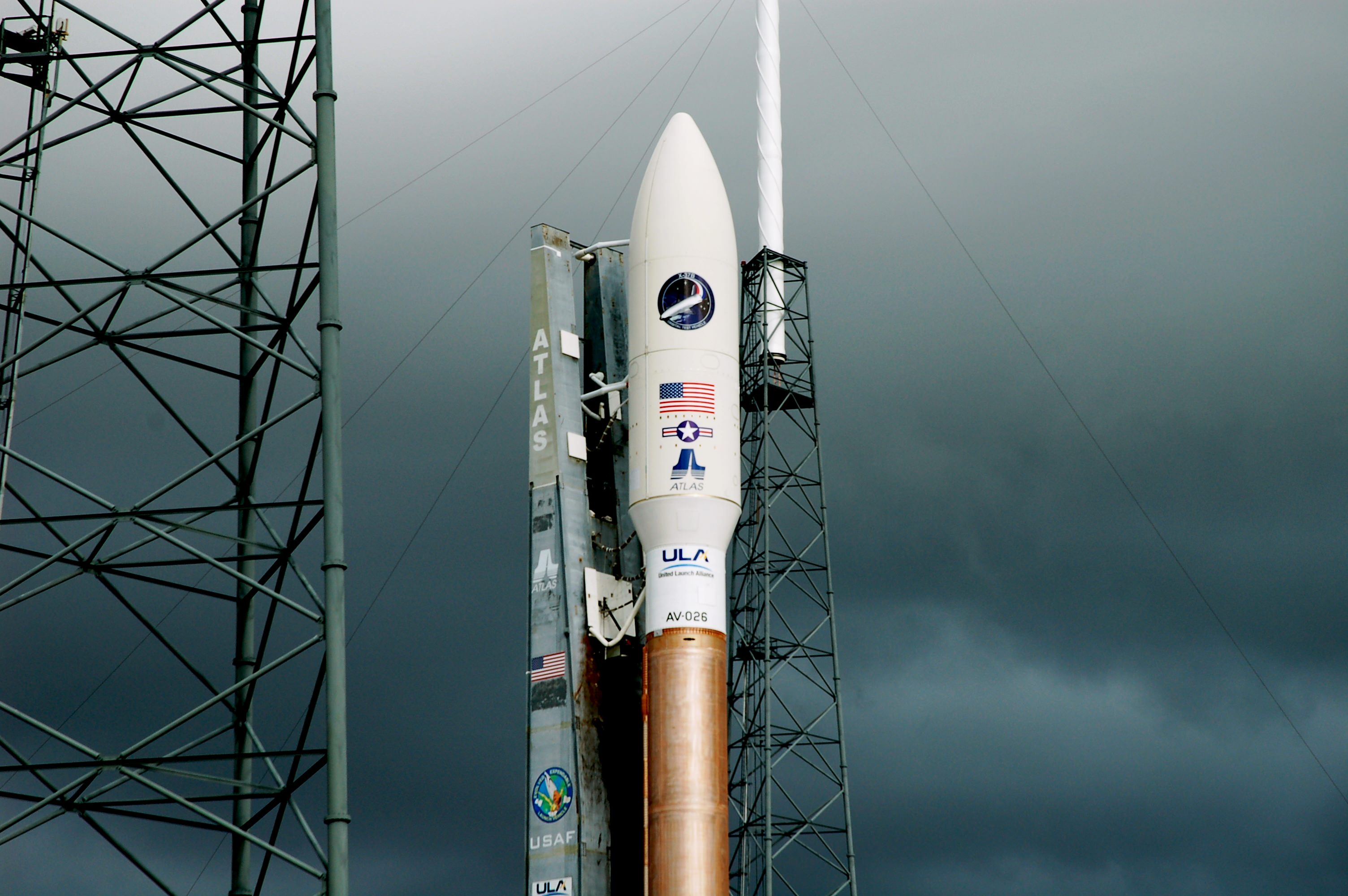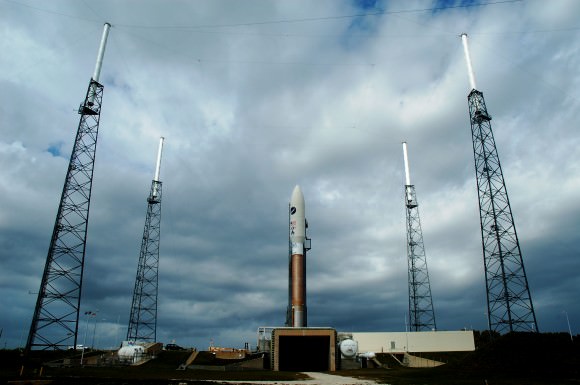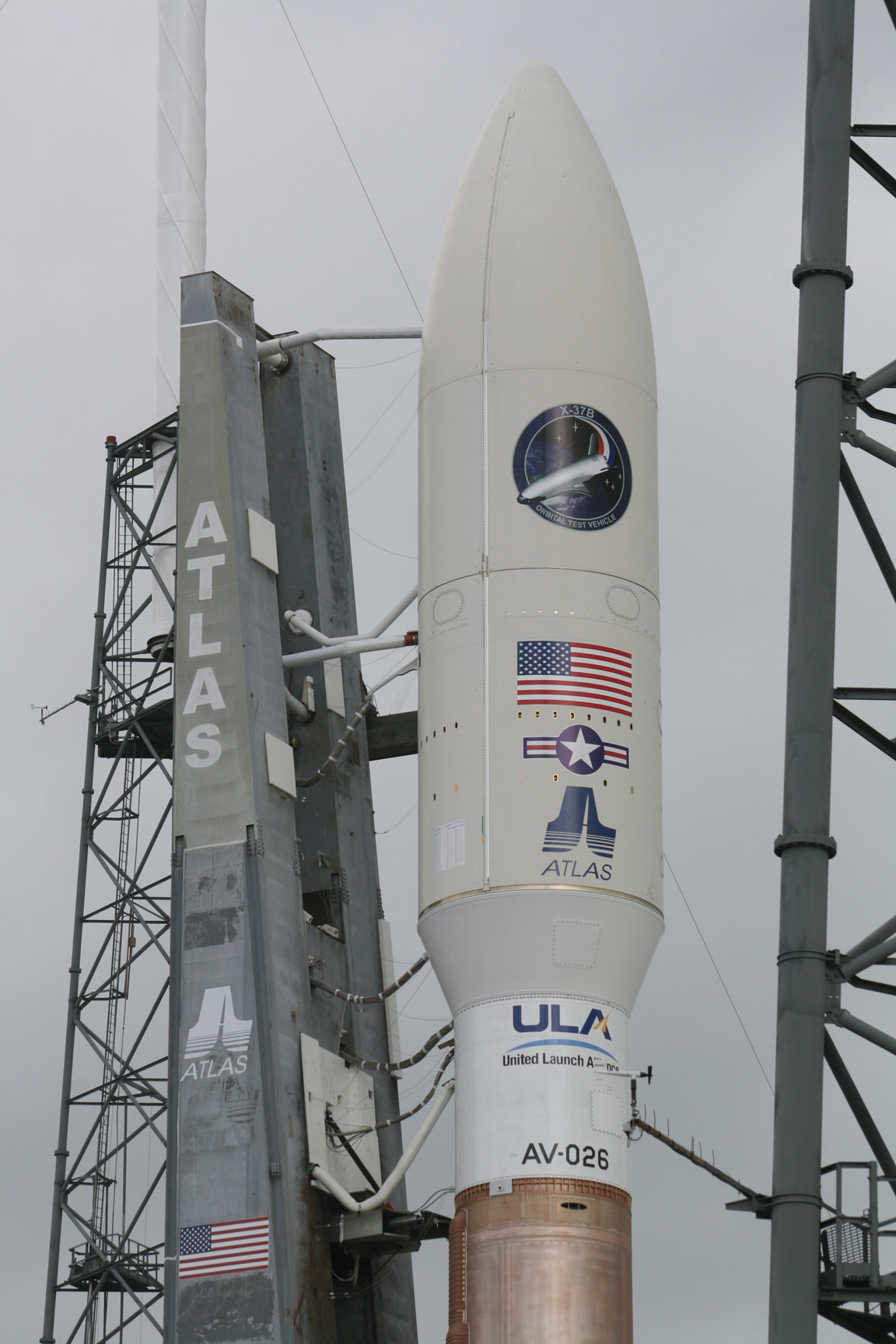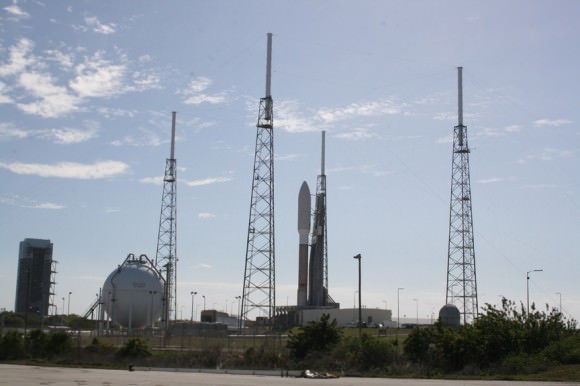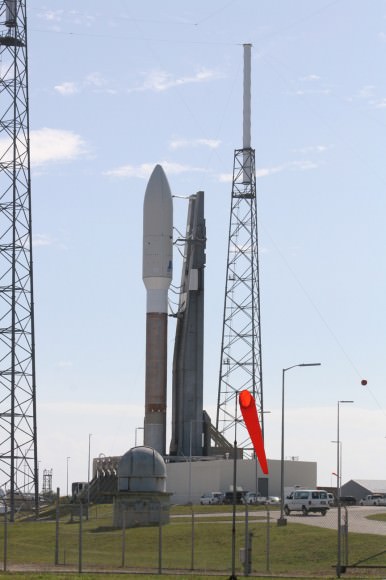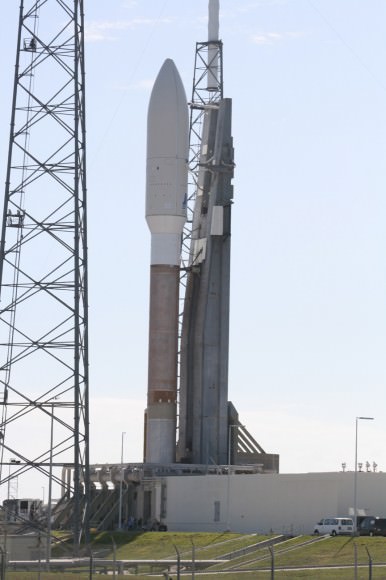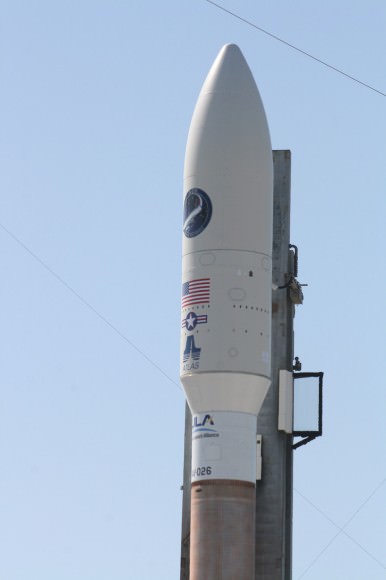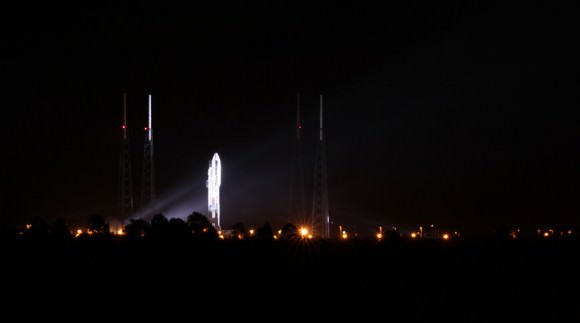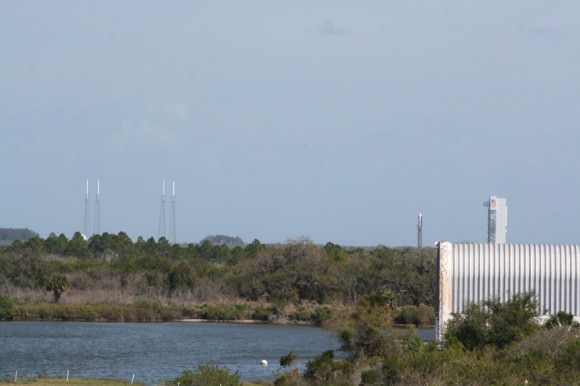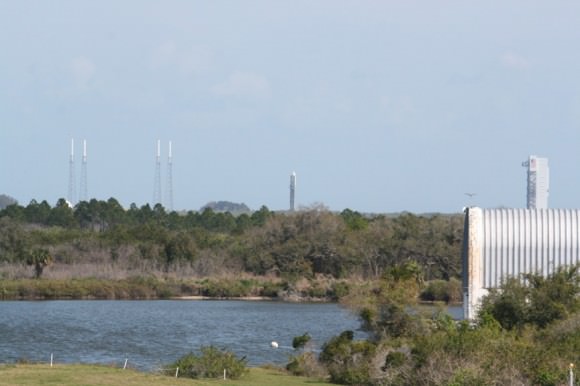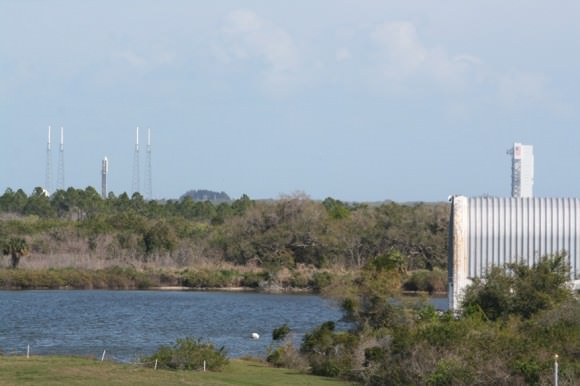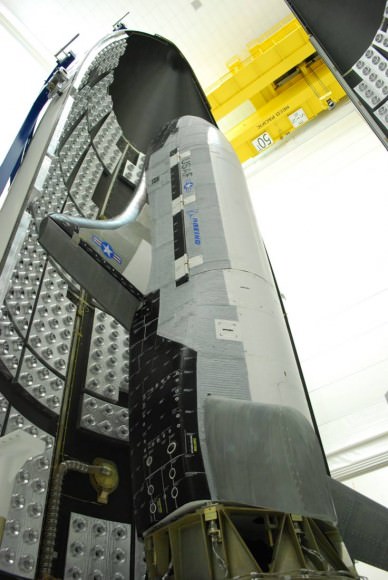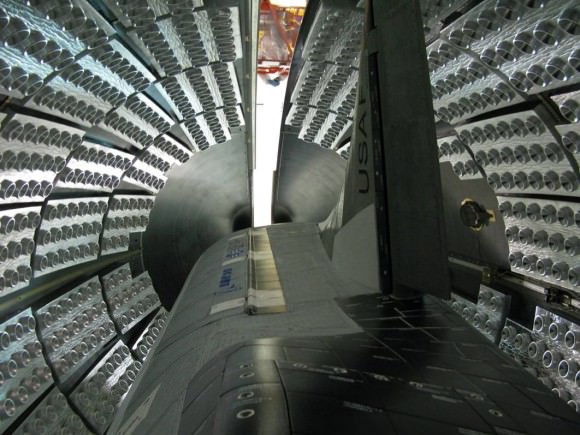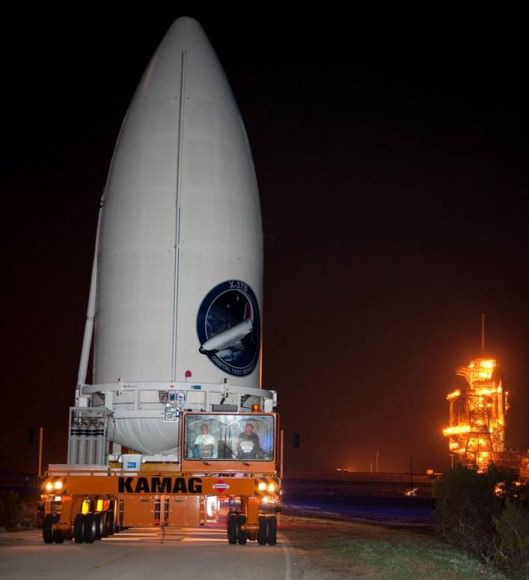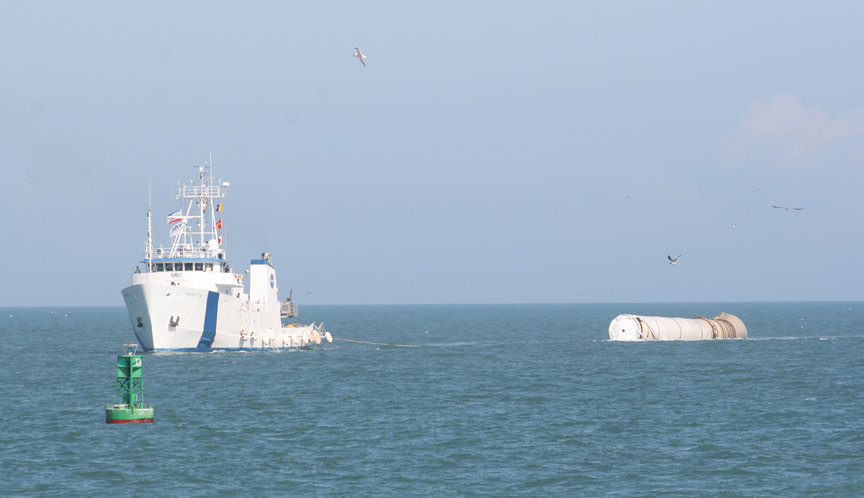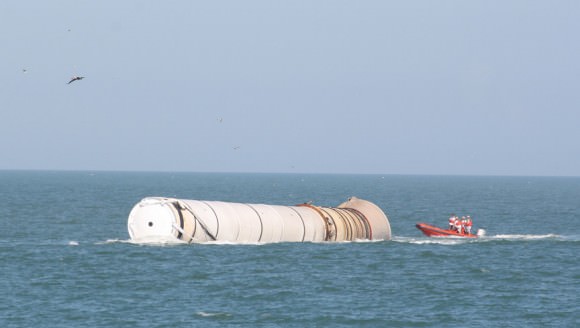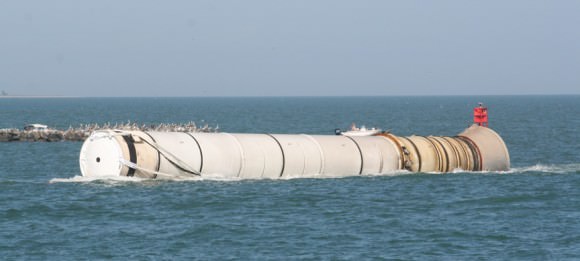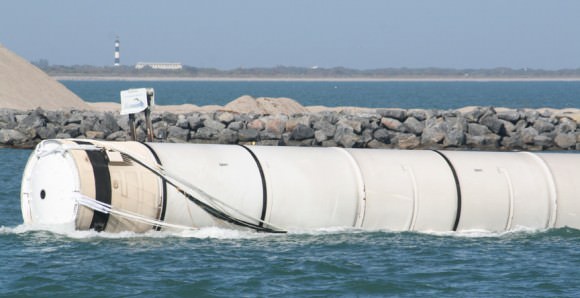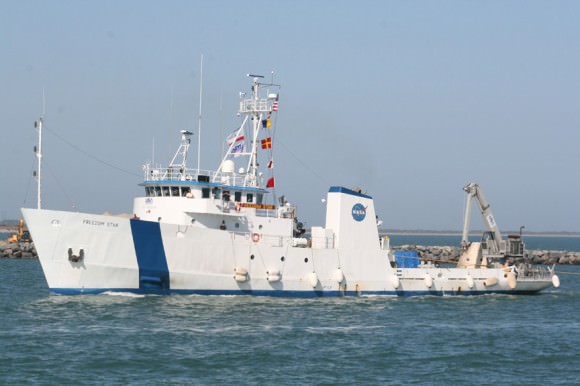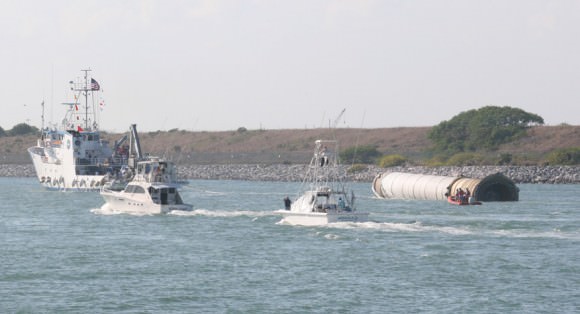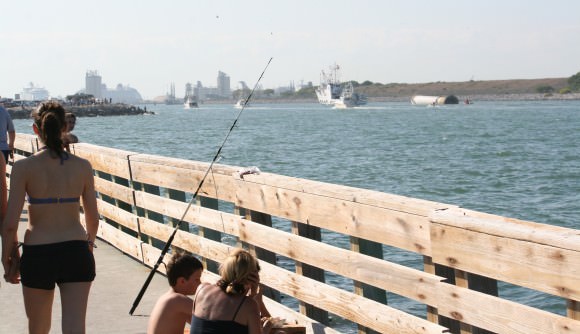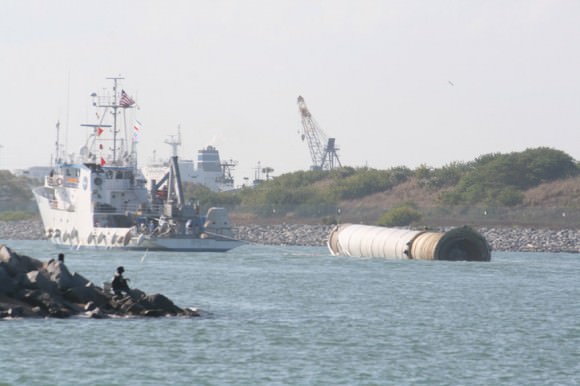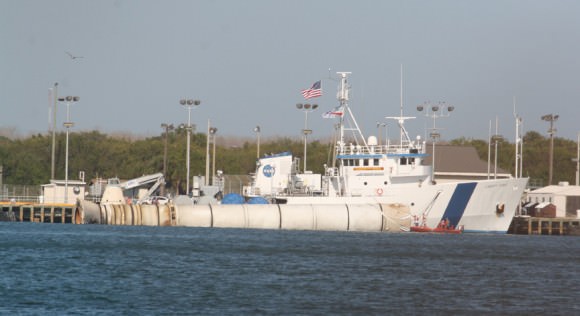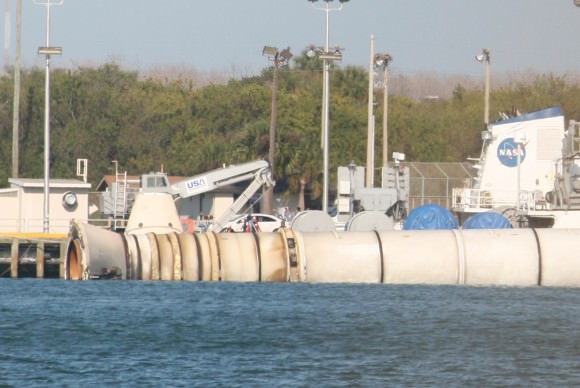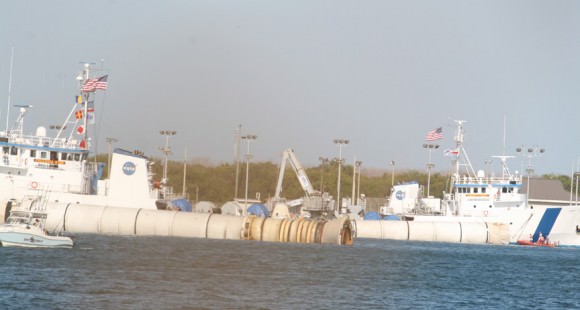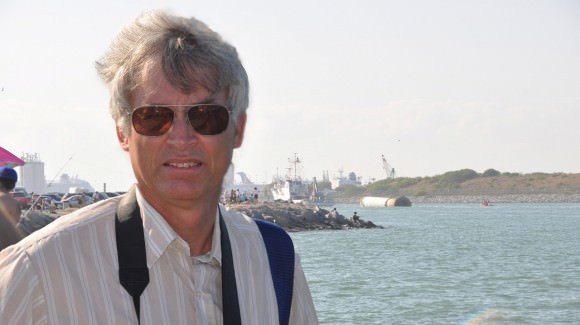[/caption]
As space shuttle Discovery prepares to return home from its final mission to space, let’s take a look back at the STS-133 mission, an historic “last” for the program’s most-traveled shuttle. “I think the legacy that this shuttle has made for herself is just nothing short than cause for celebration,” said mission specialist Michael Barratt during press conference from orbit on March 8.
“It’s going to be sad when it’s over, when we land tomorrow or the next day,” said STS-133 commander Steve Lindsey. “The hardest part of this for me is giving up the capability. It can do everything except leave low-Earth orbit…There is not a single thing wrong with her. Every single system and every piece of every system is working just like it’s brand new.”


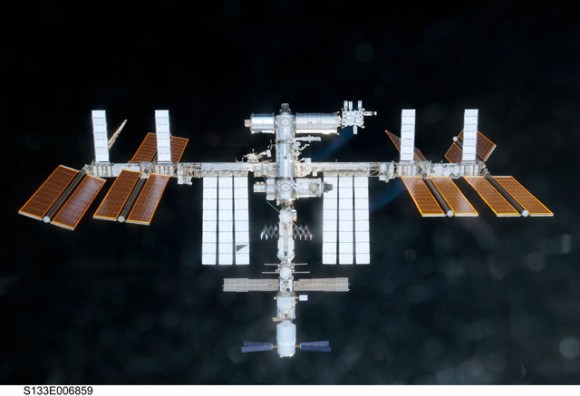
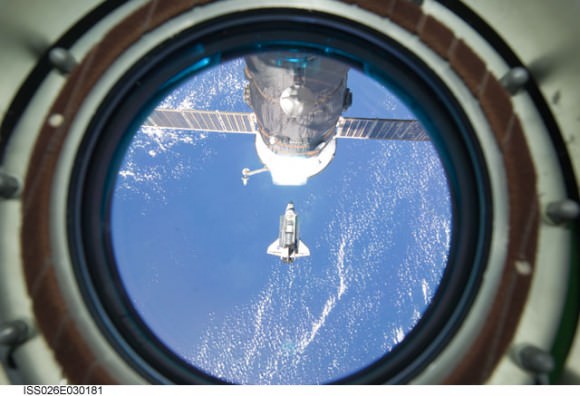
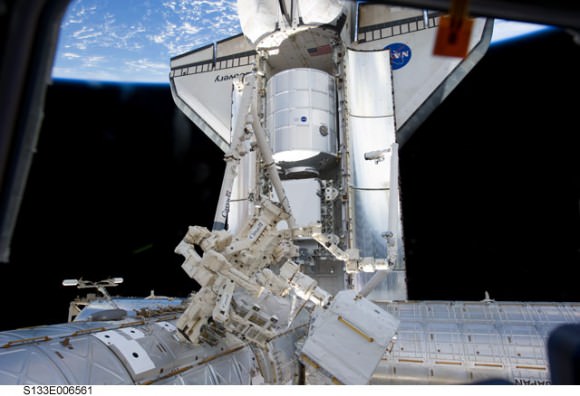
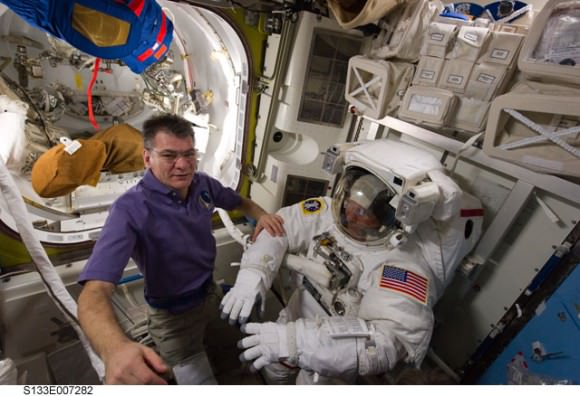
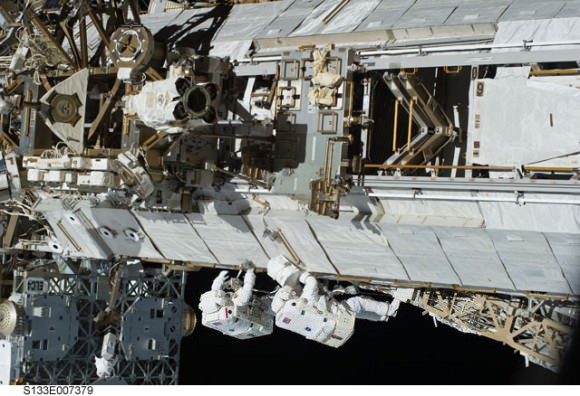
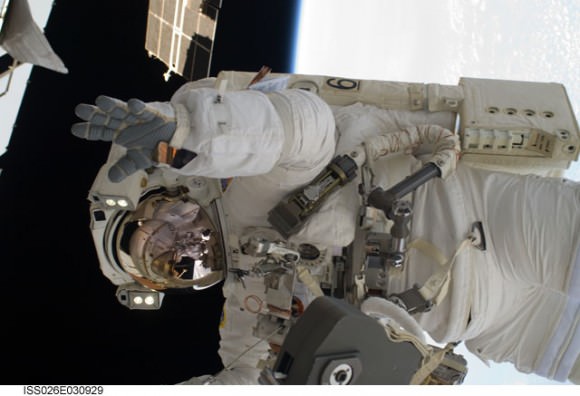
The first spacewalk of the mission lasted six-hours and 34-minutes. Alvin Drew and Steve Bowen installed a power extension cable, move a failed ammonia pump module to the External Stowage Platform 2 on the Quest Airlock for return to Earth at a later date, installed a camera wedge on the right hand truss segment, installed extensions to the mobile transporter rail and exposed the Japanese “Message in a Bottle” experiment to space.
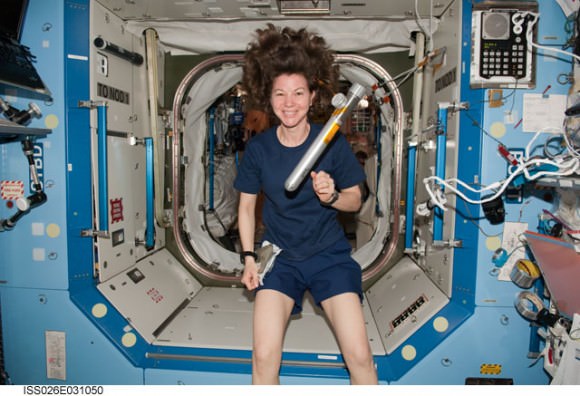
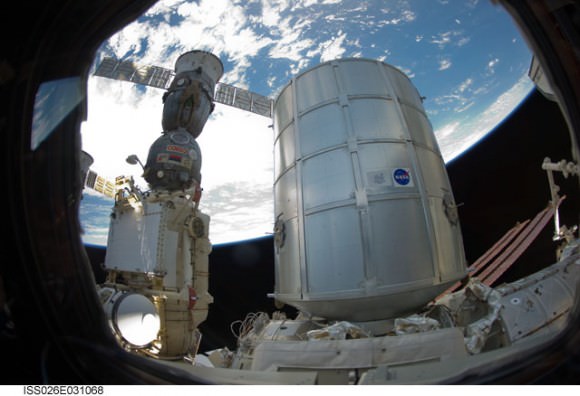
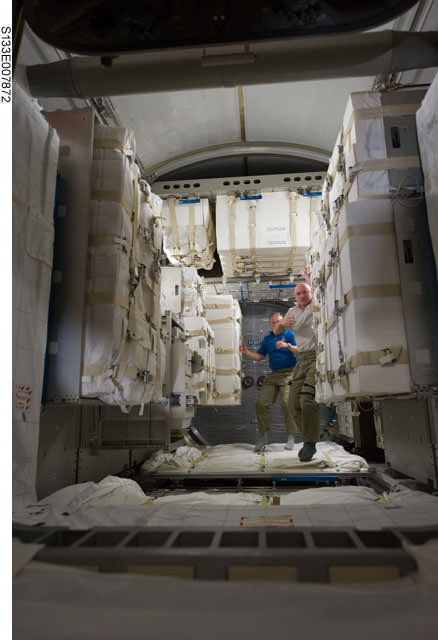
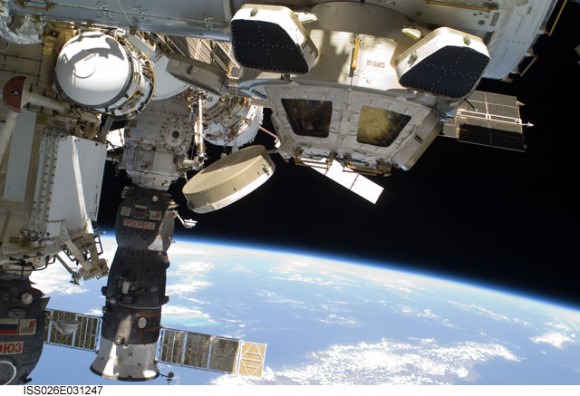
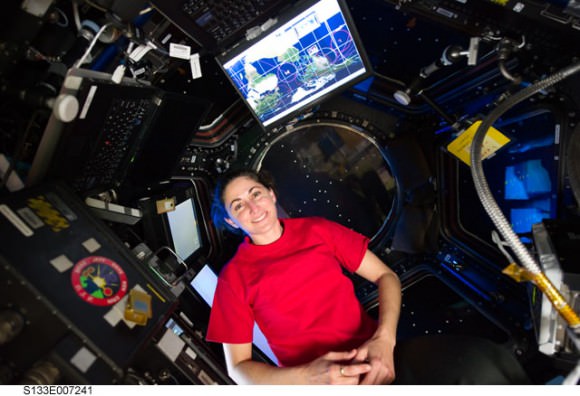
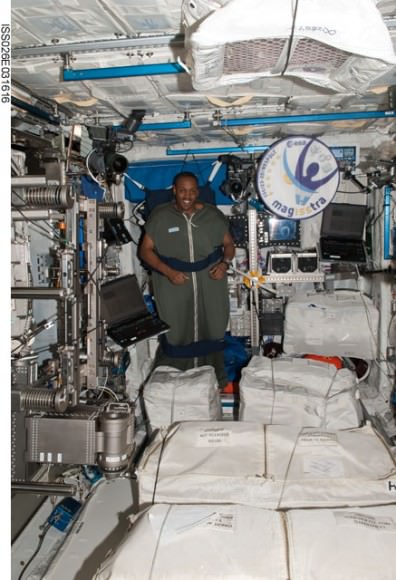
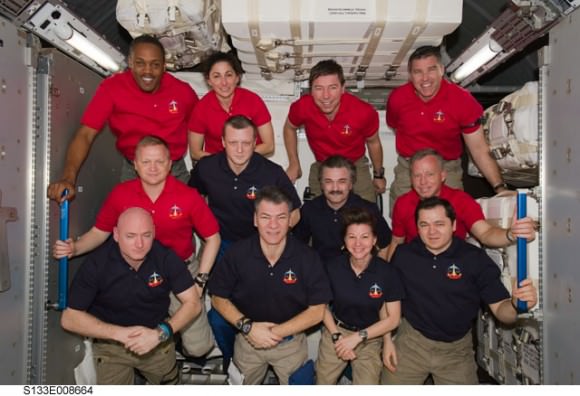
Joint crew photo inside the newest module, the PMM — which is basically a big storage closet for the ISS. The STS-133 crew members, all attired in red shirts(from left)are NASA astronauts Alvin Drew, Eric Boe (below), Nicole Stott, Michael Barratt, Steve Bowen and Steve Lindsey (below). The dark blue-attired Expedition 26 crew members, from bottom left, are NASA astronaut Scott Kelly, European Space Agency astronaut Paolo Nespoli, NASA astronaut Cady Coleman along with Russian cosmonaut Oleg Skripochka. In the center of the photo are Dmitry Kondratyev and Alexander Y. Kaleri.
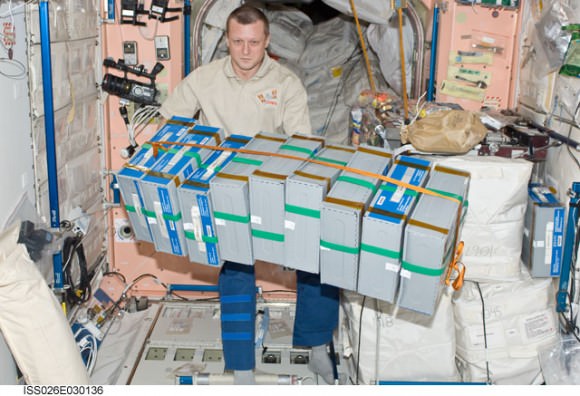
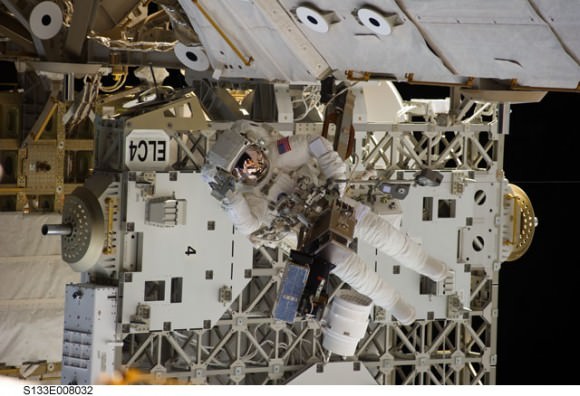
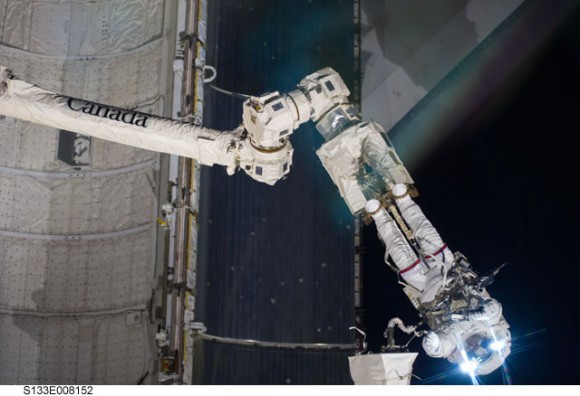
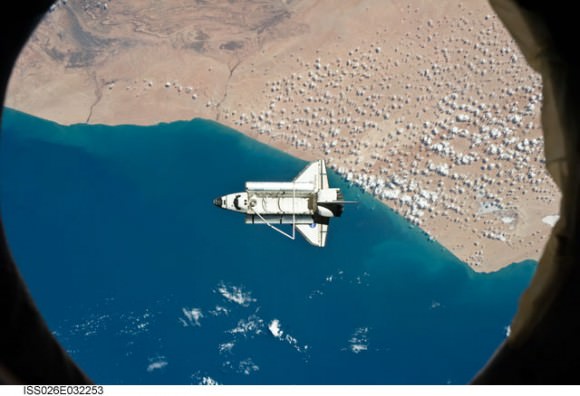
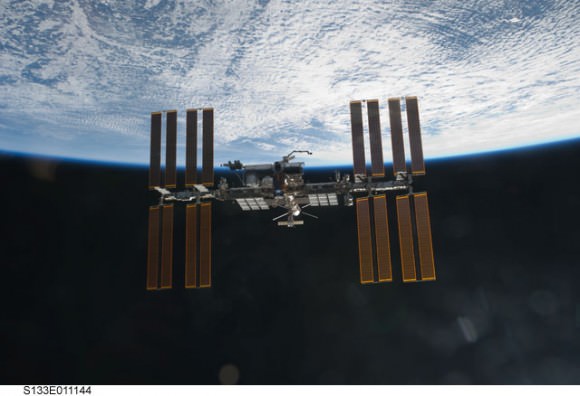

Larger versions of all these images can be found at NASA’s Human Spaceflight website, under the STS-133 gallery.
Click here to see our gallery of launch images for Discovery’s final flight.
Here’s a video recap of the STS-133 mission:

